De Havilland DHC-1 Chipmunk RAF
Production Time 9 to 10 weeks
Shipment is by FedEx, UPS or DHL International Express Courier with a normal door-to-door delivery time worldwide of within 2-3 business days after dispatch. Due to the current volatility of world fuel prices, the amount mentioned here is our best estimate for DHL and UPS and may be subject to change at the time of shipping.

Model Description: De Havilland DHC-1 Chipmunk RAF Wood Replica Scale Custom Model Aircraft
Manufacturer: De Havilland
Wingspan: 17 Inches (43.2 Centimeters)
Height: 3.5 Inches (8.9 Centimeters)
Scale: 1:24
Registration: WK577
$239.50
Production Time 9 to 10 weeks
-
United States dollar ($)
-
Pound sterling (£)
-
Euro (€)
-
Australian dollar ($)
-
Canadian dollar ($)
-
Singapore dollar ($)
-
Swiss franc (CHF)
-
Japanese yen (¥)
-
Danish krone (kr.)
-
Hong Kong dollar ($)
-
Norwegian krone (kr)
-
Swedish krona (kr)
-
United Arab Emirates dirham (د.إ)
General Product Description
Our PlaneArts De Havilland DHC-1 Chipmunk RAF model exhibits unique, unrivaled quality and detailed design to come as close as possible to the accuracy of the actual plane. It comes as standard with a robust, durable base or stand which is available in a variety of different finishes designed to match your own personal requirements including solid wood, wood with polished metal supports or adjustable wood wall mount and will be ready within about 9-10 weeks from placement of order.
The De Havilland DHC-1 Chipmunk RAF model is made of the finest kiln dried renewable mahogany wood (commonly known as Lauan or Meranti) which has undergone many stages of carving and meticulous and careful sanding giving the beautiful, finished museum quality masterpiece. Many collectors and model connoisseurs demonstrate their preference for genuine handmade and hand painted mahogany wood models rather than plastic or die cast (diecast) alternatives due to the overall look and totally different feel of the item - we trust you will find the same. We can however, if required produce the same model in Solid Cast Resin so just click and contact us for further information. Our craftsmen and gifted artisans ensure that our finely handcrafted model airplanes match the precise blueprint details of the original aircraft. The paint scheme, markings and parts are closely matched, reflecting the original aircraft. This stylish top-quality desktop replica model will surely enthrall anyone who receives this as a gift and for sure one of the most appropriate and desirably collectable gifts for any military aviation enthusiast and avid aircraft collector whilst also displaying a perfect resemblance to the actual real life version.
There are many types of military propeller aircraft, but the basic types are bombers, fighters, fighter bombers, spotter planes, transporters, patrol aircraft, trainers, and reconnaissance and observation aircraft. All these types of aircraft are used for different types of missions. If you're a fan of historic or present-day military aviation, our model aircraft will bring the excitement and character of these aircraft right into your own home. You can order a wood airplane model of a North American B-25 Mitchell Bomber, a B17 - Flying Fortress, or a P-51 Mustang Nervous Energy V not forgetting the Bf 109, Spitfire, FW 190, A6M Zero, P-38 and F4U. These classic, propeller airplane models are of the highest quality. Each is individually crafted by our expert craftsmen. They produce handmade scale mahogany airplane models of the finest aircraft from World War I and II to present day biplanes and triplanes.
If you require, we can also make the De Havilland DHC-1 Chipmunk RAF model in any other military, government or even private livery or colour scheme you require and if necessary, in a different size or scale. Just click here to contact us with a description or photographs of what you require, and we will let you have a quotation for the necessary customization by return email. We can also make bespoke scale replicas of any other private / civil commercial airliner or airliners, helicopter, glider, gliders with engines, military jet, warplane jets, biplane, triplane, tail fin, spacecraft, rocket or NASA model you require in any airline, military or civilian livery or colors. We also produce model airships, blimps, dirigibles, blimps, boats, and ship collectibles. Wall plaque or seal for military, government or private customers. Again, by clicking here to contact us just let us know exactly what you need.
Exploring the Legacy of the De Havilland DHC-1 Chipmunk: A Stalwart of the RAF
In the annals of aviation history, certain aircraft stand out not just for their technical prowess but also for the profound impact they’ve had on military training and aviation culture. Among these, the De Havilland DHC-1 Chipmunk holds a distinguished place, particularly within the Royal Air Force (RAF). From its humble beginnings as a successor to the iconic Tiger Moth, the Chipmunk quickly proved itself as a reliable and versatile trainer aircraft, serving not only the RAF but also numerous air forces around the world.
Origins and Development:
The Chipmunk traces its origins back to the late 1940s when De Havilland Canada embarked on the development of a modern primary trainer aircraft. Drawing inspiration from its predecessor, the Tiger Moth, the designers aimed to create an aircraft that offered improved performance, handling, and safety features. The result was the DHC-1 Chipmunk, which first took to the skies in 1946.
Design and Features:
One of the defining characteristics of the Chipmunk was its robust yet agile design. It featured a low-wing monoplane configuration, which provided stability and enhanced maneuverability, essential for training purposes. Powered by a relatively modest inline engine, the Chipmunk offered adequate performance for its intended role while maintaining simplicity and ease of maintenance.
The cockpit layout of the Chipmunk was designed with training in mind, featuring dual controls for both the instructor and the student pilot. This setup allowed for effective instruction and smooth transition from basic to more advanced flying techniques. Additionally, the aircraft’s wide canopy provided excellent visibility, further facilitating the learning process.
Service with the RAF:
Upon its introduction, the Chipmunk quickly gained favor with the RAF, becoming the primary trainer aircraft for the Royal Air Force and the Royal Canadian Air Force (RCAF). Its reliability, forgiving flight characteristics, and suitability for aerobatic training made it an ideal platform for shaping the skills of aspiring pilots.
Throughout its service life with the RAF, the Chipmunk played a pivotal role in training generations of pilots, ranging from cadets to seasoned aviators. It was utilized in various training programs, including initial flight training, aerobatics, instrument flying, and navigation exercises. Its versatility and adaptability to different training requirements ensured its enduring popularity within the RAF.
Beyond Training:
While primarily utilized as a trainer aircraft, the Chipmunk also found utility in other roles within the RAF. It was employed for liaison duties, light transport, and even as a communications aircraft, thanks to its reliability and relatively low operating costs. Additionally, the Chipmunk served as a valuable tool for air displays and aerobatic demonstrations, showcasing its agility and performance capabilities to audiences worldwide.
Legacy and Influence:
The legacy of the De Havilland DHC-1 Chipmunk extends far beyond its years of active service. Its impact on military training, aviation safety, and pilot development cannot be overstated. Many former RAF pilots fondly recall their experiences flying the Chipmunk, crediting it with instilling in them the essential skills and confidence needed for successful aviation careers.
Moreover, the Chipmunk’s enduring popularity is evidenced by the numerous examples that continue to fly today in civilian hands, preserved by enthusiasts and historical aviation organizations. Its timeless design and enduring reliability ensure that the legacy of the Chipmunk lives on, inspiring future generations of pilots and aviation enthusiasts alike.
Conclusion:
The De Havilland DHC-1 Chipmunk remains an iconic symbol of aviation excellence and a testament to the ingenuity of its designers. Its service with the RAF exemplifies its versatility, reliability, and enduring legacy as a stalwart of military training. As we reflect on its contributions to aviation history, the Chipmunk stands as a reminder of the importance of effective training and the profound impact it has on shaping the future of flight.
| Weight | 6 kg |
|---|---|
| Dimensions | 12.6 × 17 × 3.5 in |
Be the first to review “De Havilland DHC-1 Chipmunk RAF” Cancel reply
Similar Models
Helicopters
Military Airplanes - Propeller
Military Airplanes - Propeller
Military Airplanes - Propeller
Private & Civilian
Private & Civilian
Military Airplanes - Propeller
Military Airplanes - Propeller
Military Airplanes - Propeller
Military Airplanes - Propeller
Military Airplanes - Propeller
Military Airplanes - Propeller
Military Airplanes - Propeller
Military Airplanes - Propeller
Boats, Ships & Submarines
Boats, Ships & Submarines
Military Airplanes - Propeller
Military Airplanes - Propeller
Military Airplanes - Propeller
Military Airplanes - Jet
Military Airplanes - Jet
Military Airplanes - Jet
Military Airplanes - Jet
Military Airplanes - Propeller
Military Airplanes - Propeller
Military Airplanes - Jet
Military Airplanes - Jet
Military Airplanes - Jet
Military Airplanes - Jet
Military Airplanes - Propeller
Military Airplanes - Jet
Military Airplanes - Propeller
Military Airplanes - Propeller
Private & Civilian
Military Airplanes - Propeller
Military Airplanes - Propeller
Private & Civilian
Israel Aircraft Industries IAI-1124 Westwind TNT Air Couriers
Military Airplanes - Propeller
Military Airplanes - Jet
Military Airplanes - Jet
Military Airplanes - Jet
Military Airplanes - Jet
Military Airplanes - Propeller
Military Airplanes - Propeller
Military Airplanes - Jet
Military Airplanes - Jet
Military Airplanes - Jet
Military Airplanes - Jet
Military Airplanes - Propeller
Military Airplanes - Jet
Military Airplanes - Jet
Military Airplanes - Jet
Military Airplanes - Propeller
Military Airplanes - Propeller
Military Airplanes - Propeller
Military Airplanes - Propeller
Military Airplanes - Jet
Military Airplanes - Jet
Military Airplanes - Propeller
Military Airplanes - Jet
Private & Civilian
Military Airplanes - Jet
Military Airplanes - Propeller
Private & Civilian
Military Airplanes - Jet
Military Airplanes - Propeller
Military Airplanes - Propeller
Military Airplanes - Propeller
Military Airplanes - Propeller
Military Airplanes - Propeller
Military Airplanes - Propeller
Military Airplanes - Jet
Military Airplanes - Jet
Private & Civilian
Military Airplanes - Jet
Military Airplanes - Jet
Helicopters
Helicopters
Helicopters
Military Airplanes - Propeller
Helicopters
Military Airplanes - Jet
Blackburn Buccaneer RAF 237 Operational Conversion Unit OCU Squadron
Military Airplanes - Propeller
Private & Civilian
Military Airplanes - Jet
Military Airplanes - Jet
BAe British Aerospace Hawk T.1 Mk.1 Royal Air Force RAF Red Arrows
Military Airplanes - Jet
Military Airplanes - Propeller
Military Airplanes - Propeller
Military Airplanes - Propeller
Military Airplanes - Propeller
Military Airplanes - Propeller
Military Airplanes - Propeller
Military Airplanes - Propeller
Military Airplanes - Propeller
Military Airplanes - Propeller
Private & Civilian
Private & Civilian
Helicopters
Private & Civilian


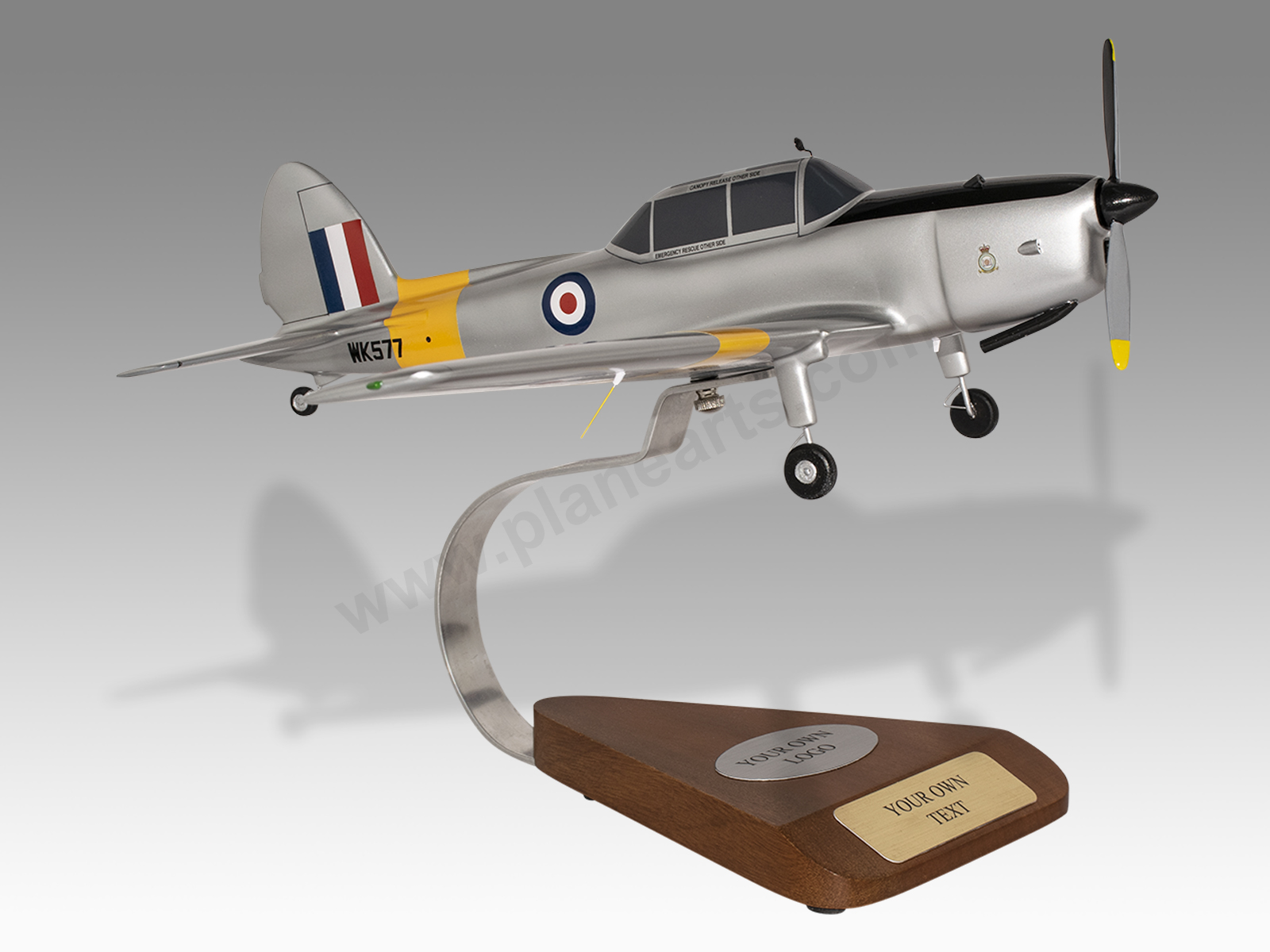
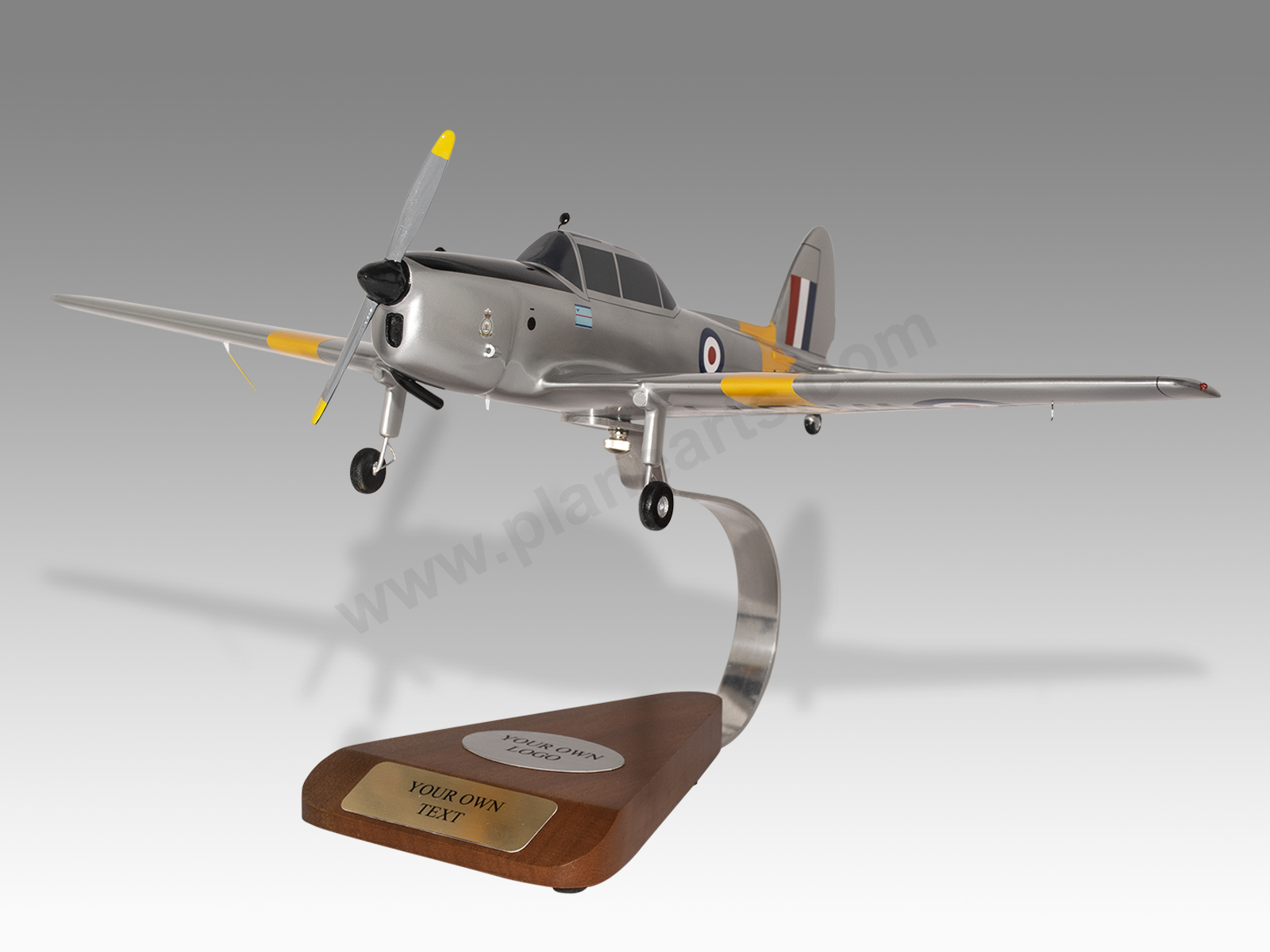

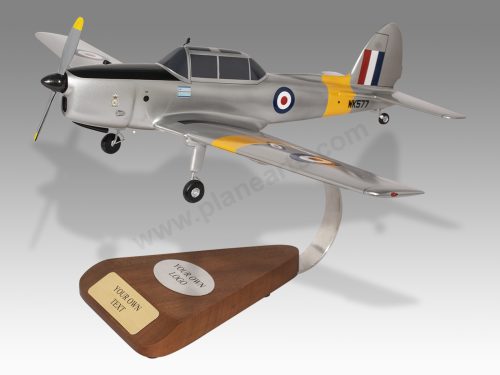
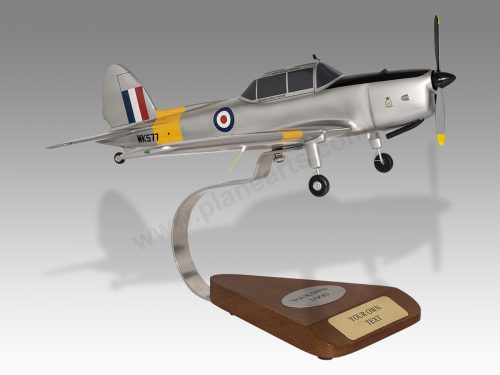

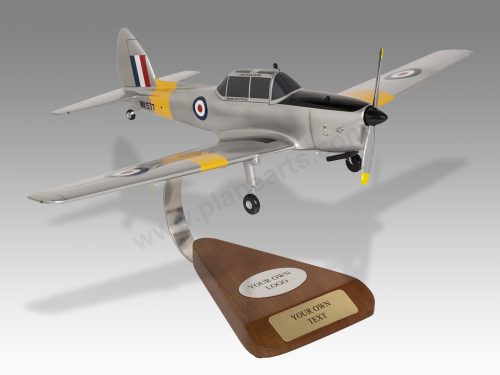

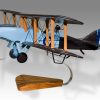
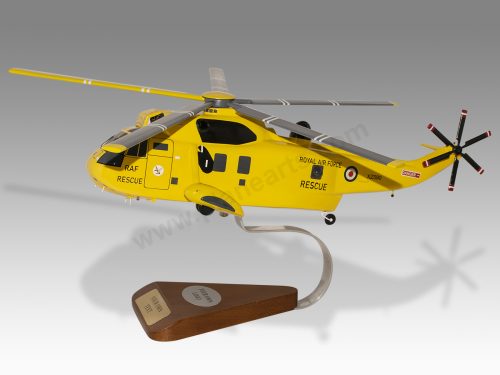
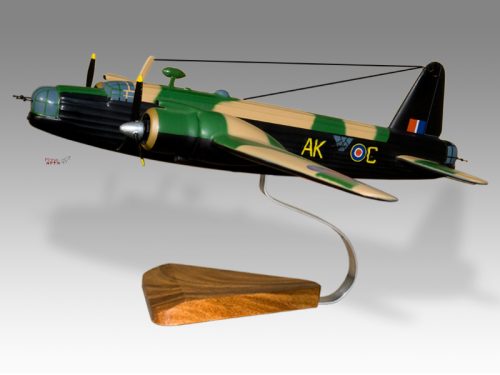

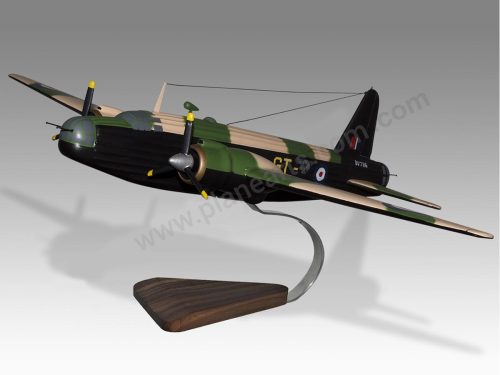

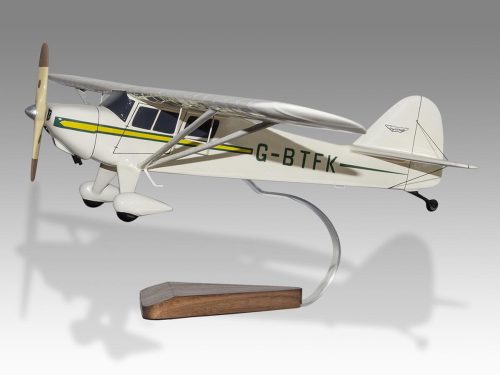
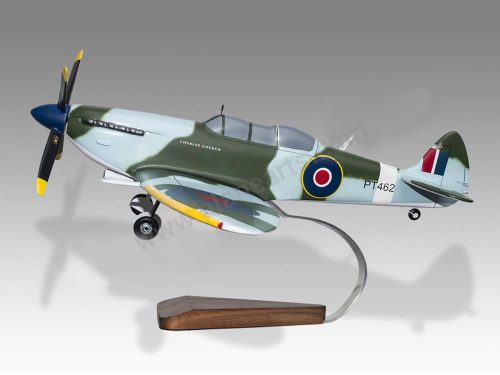
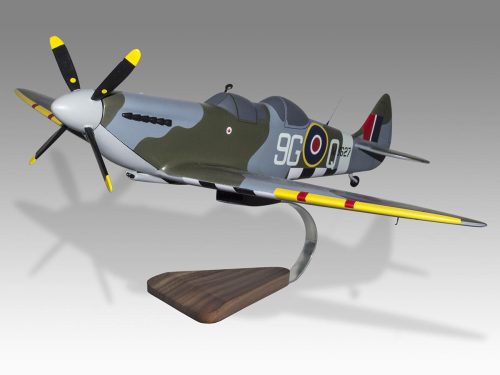
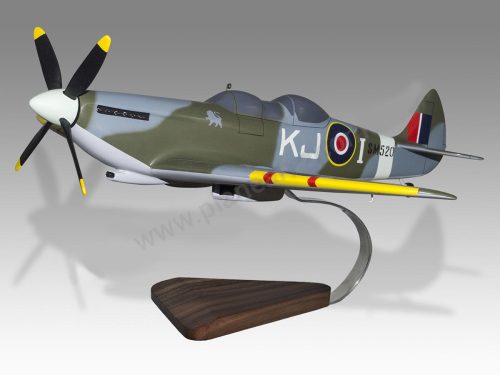
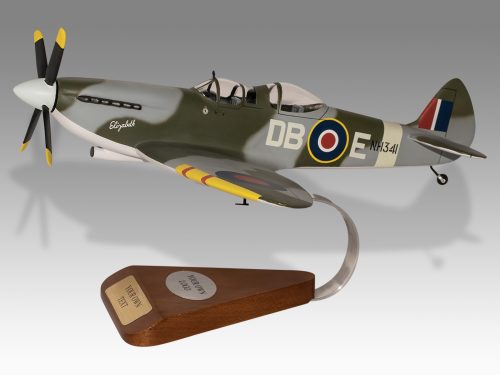
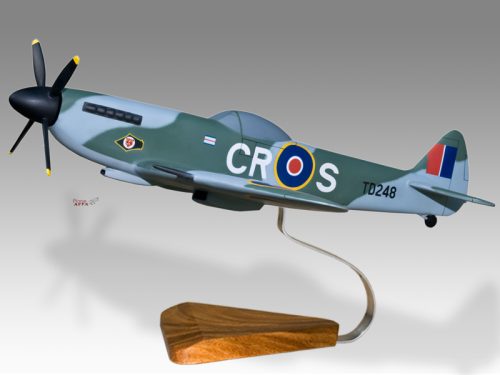
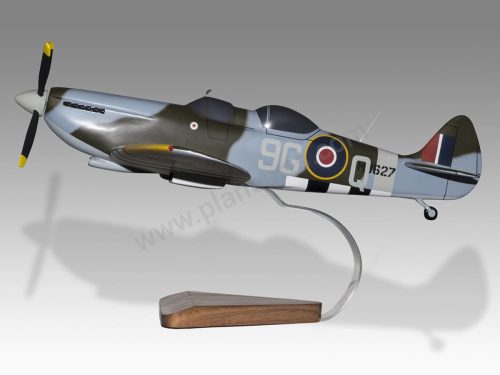
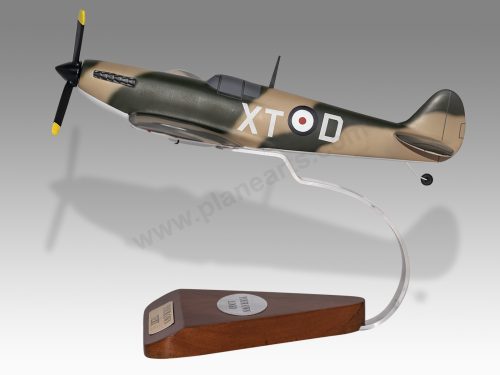
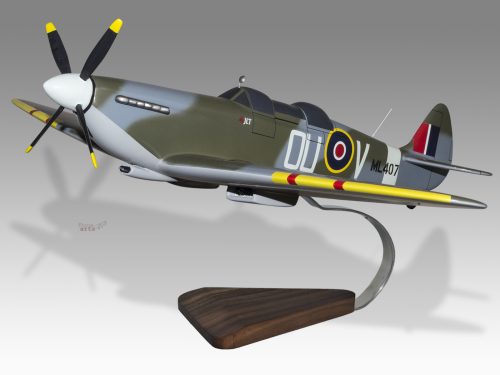




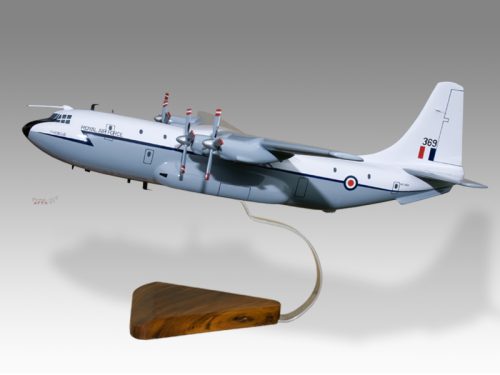

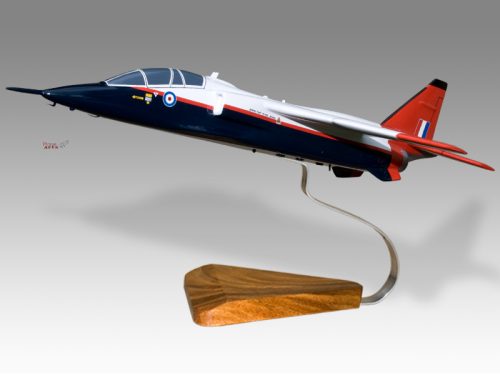
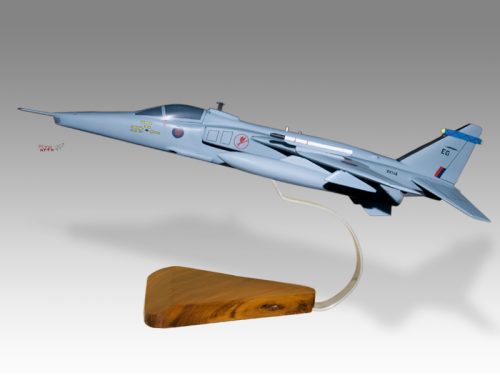
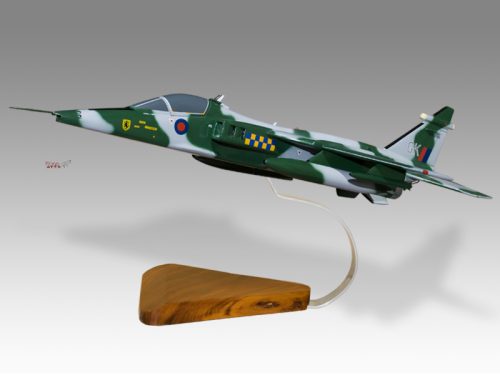
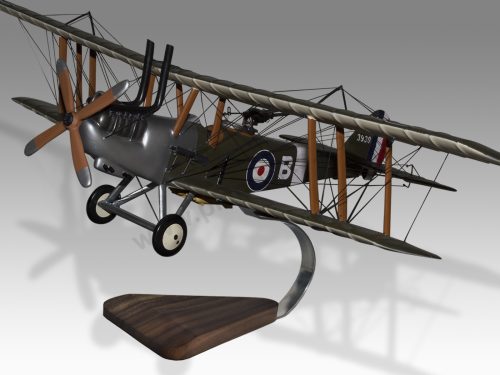
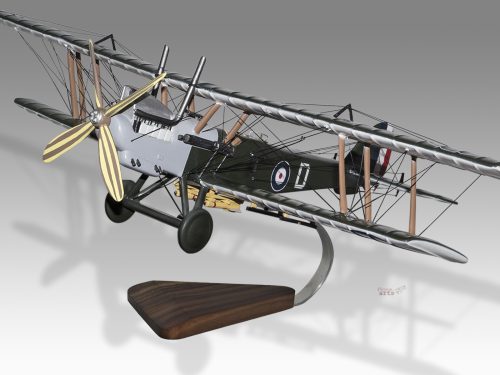
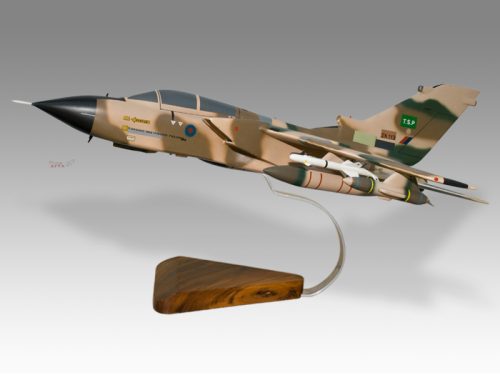
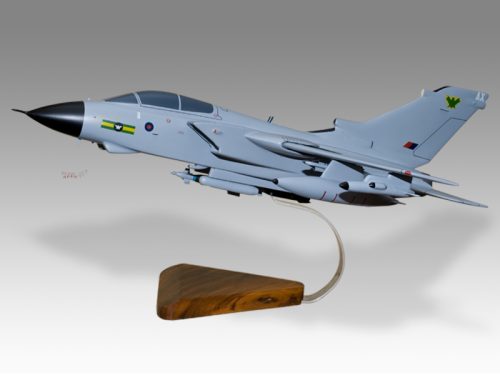
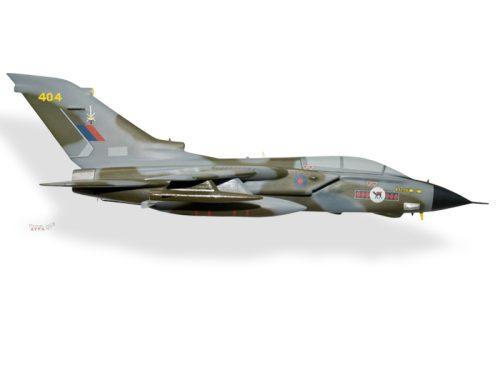
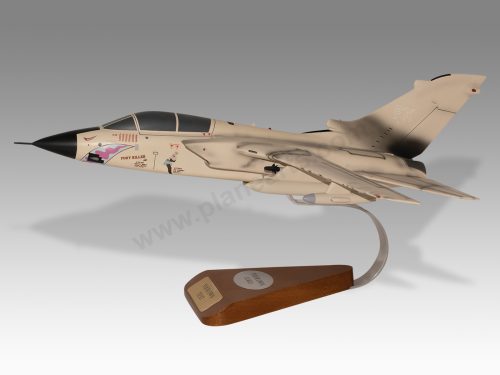
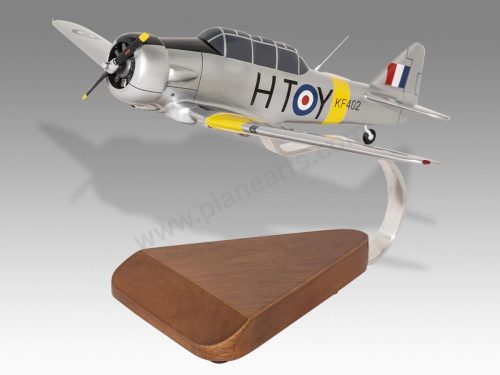

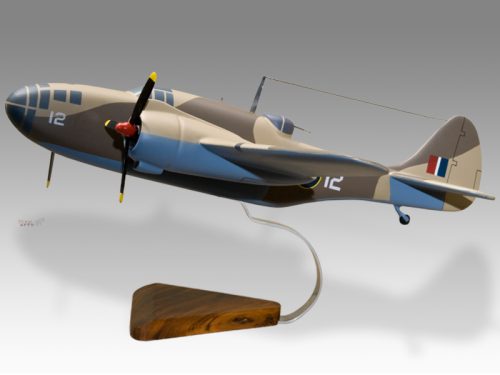
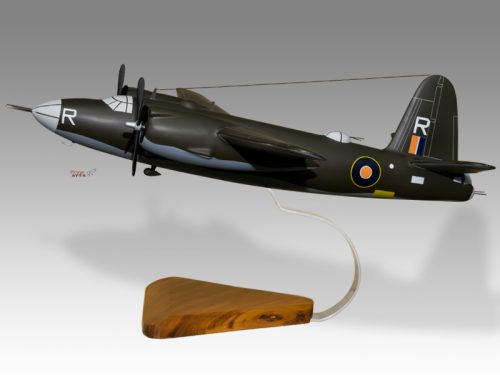

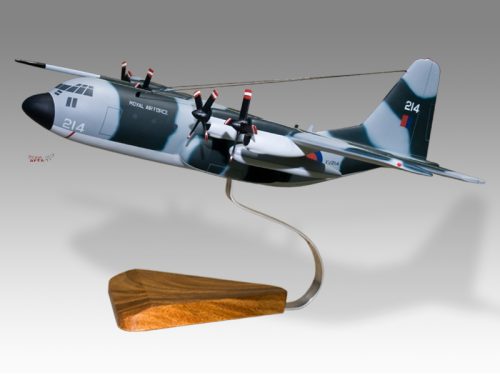



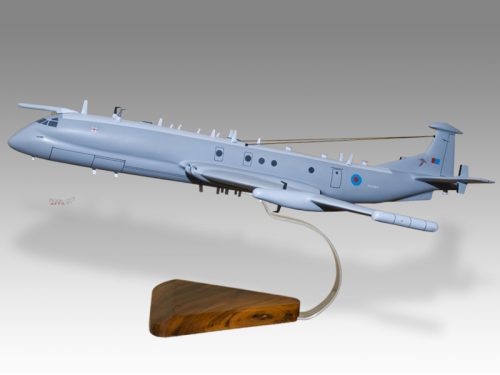
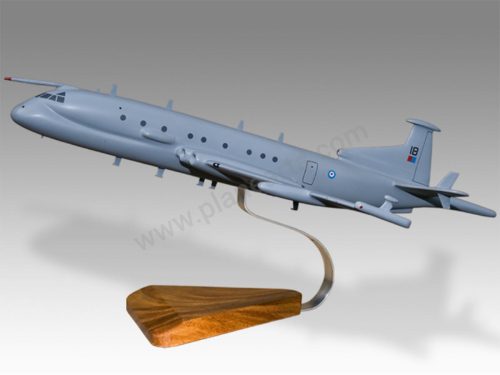


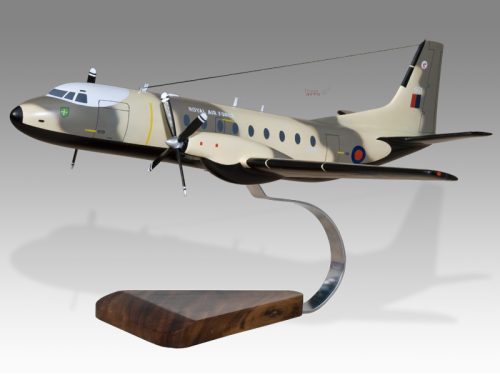


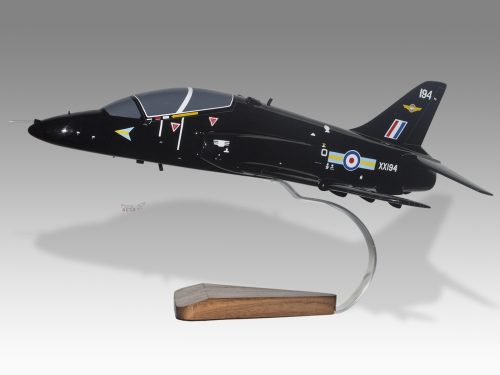
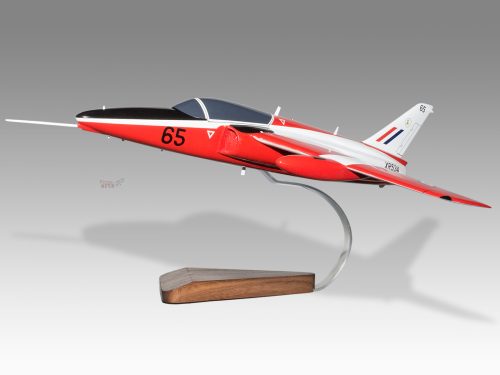
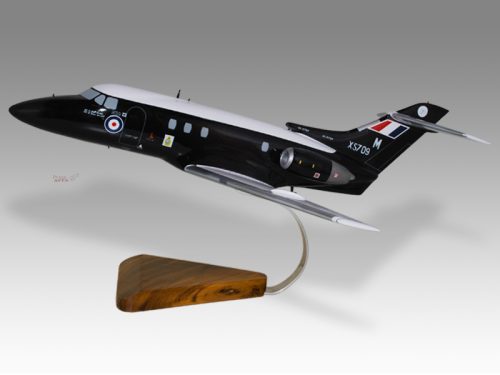
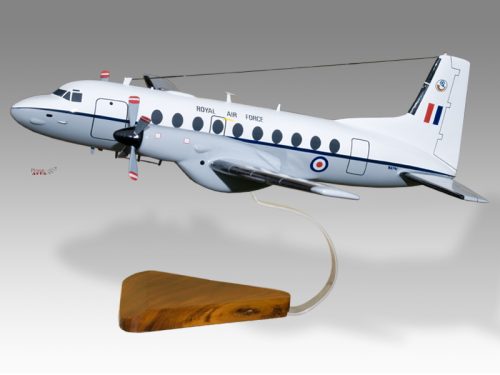
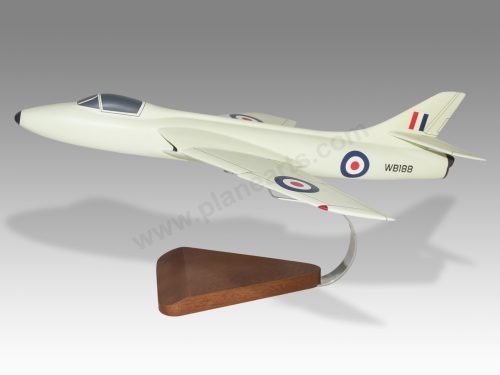
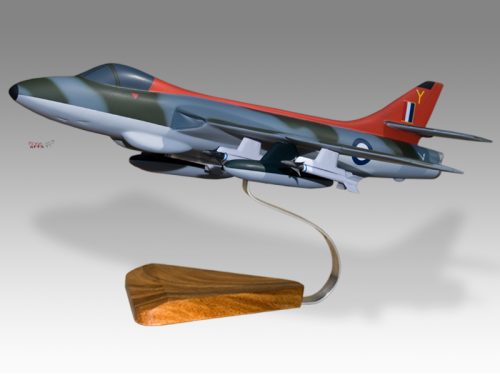

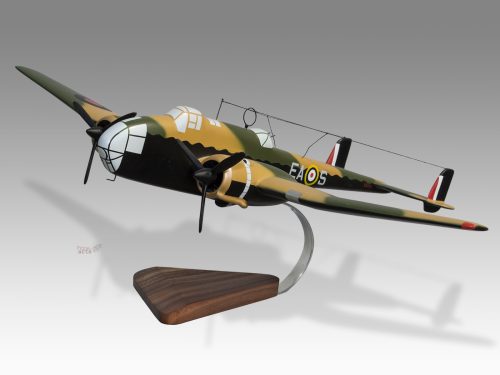

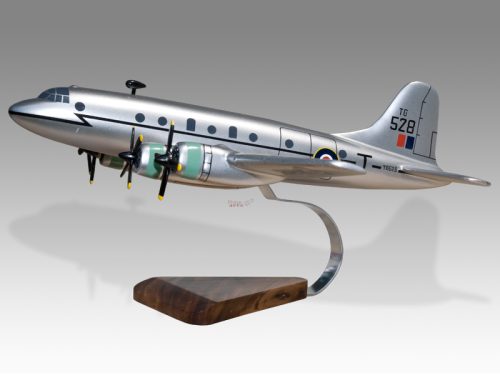
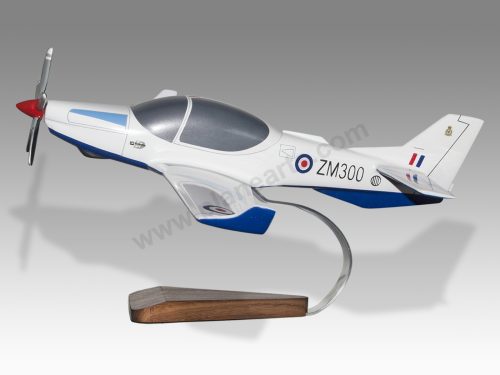

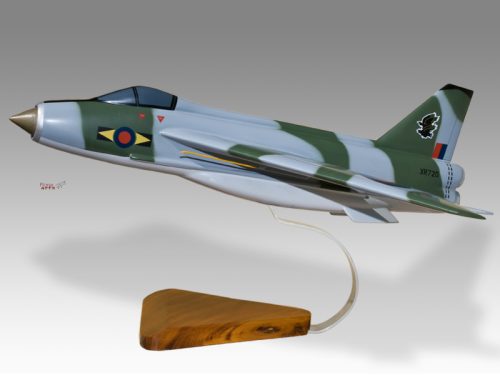


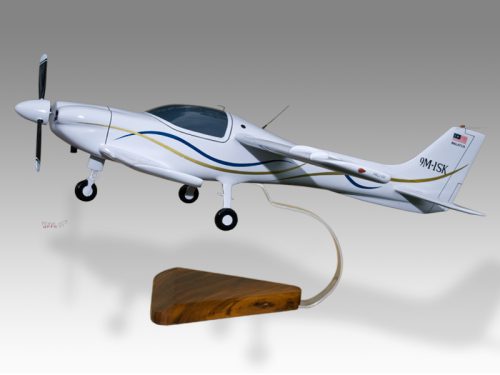
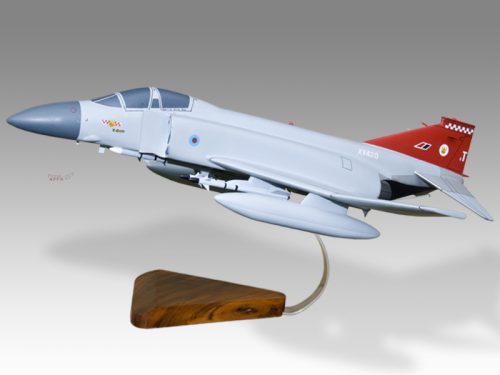
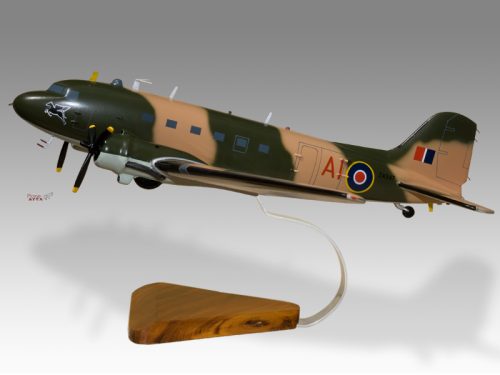

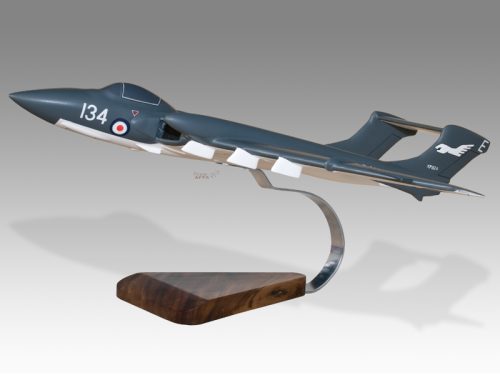
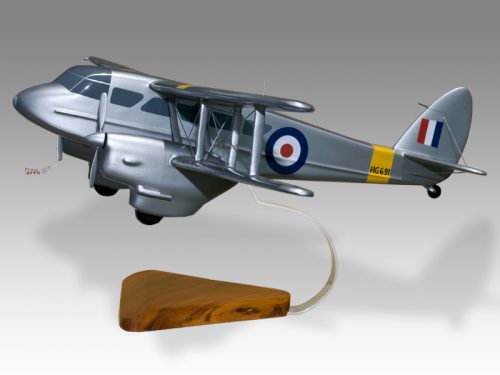
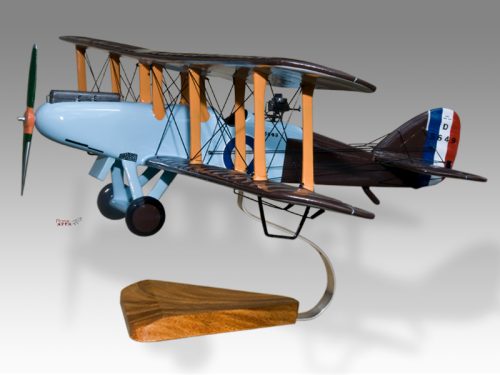
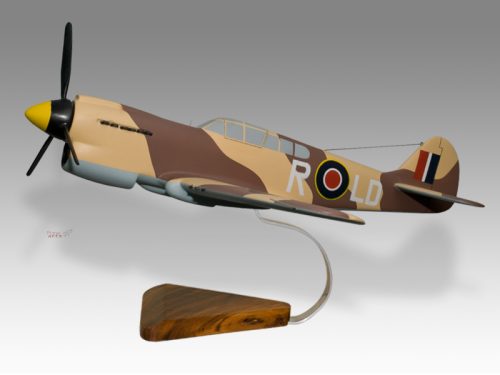

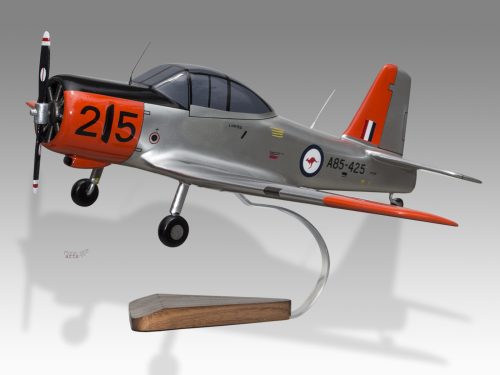

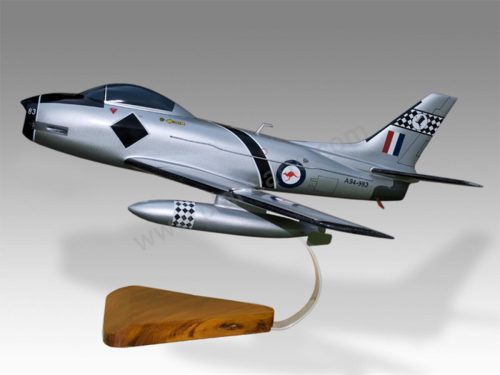
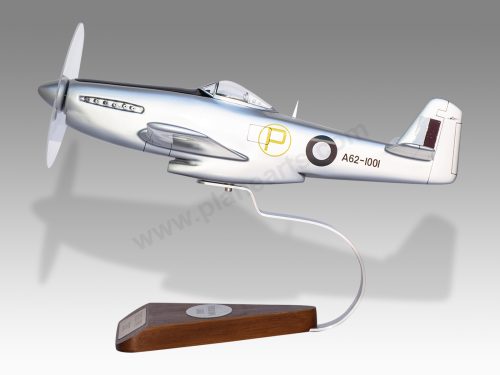
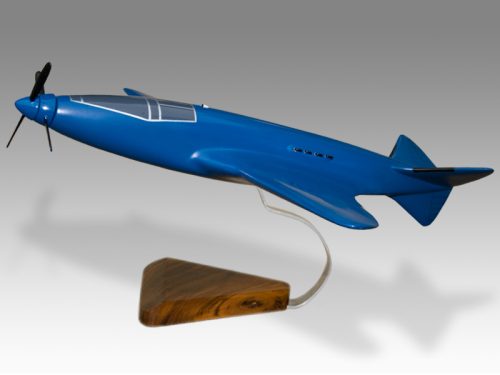
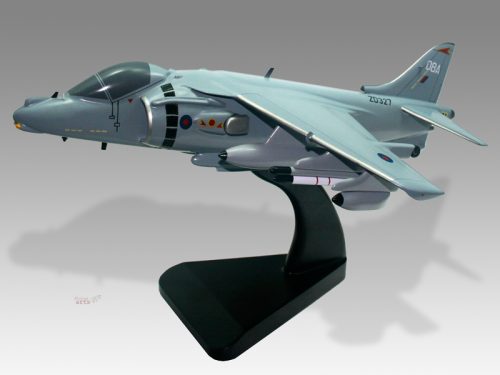
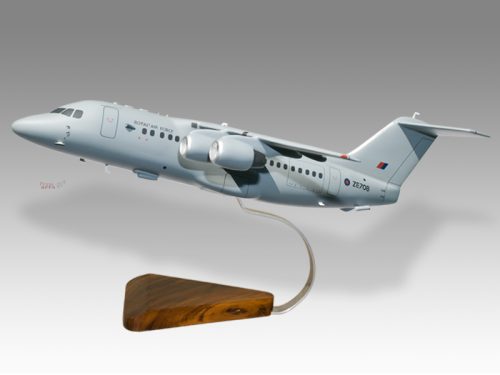

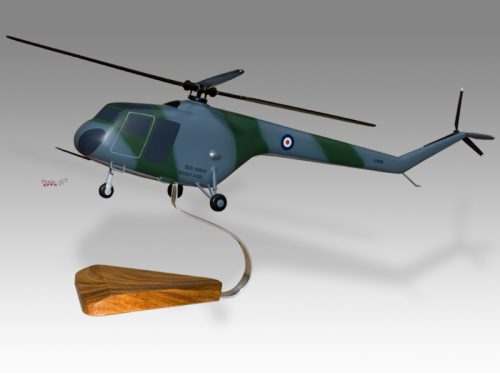
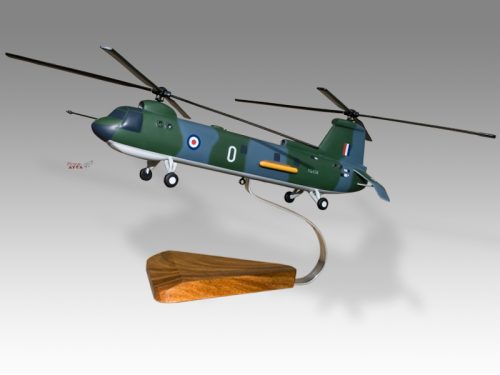

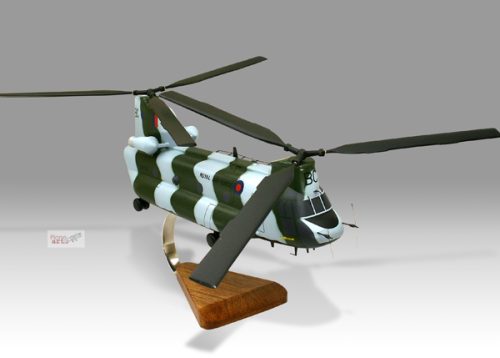
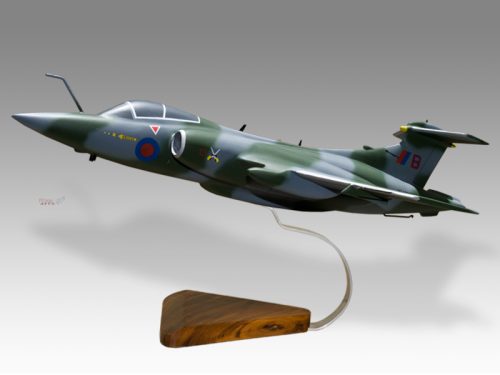
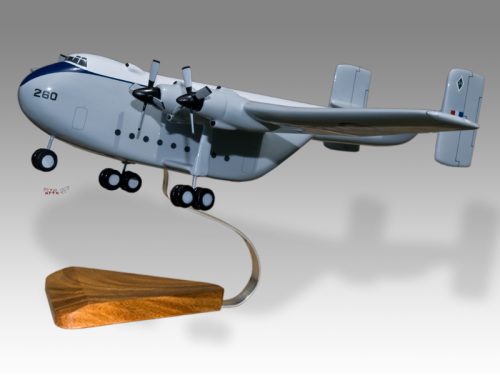
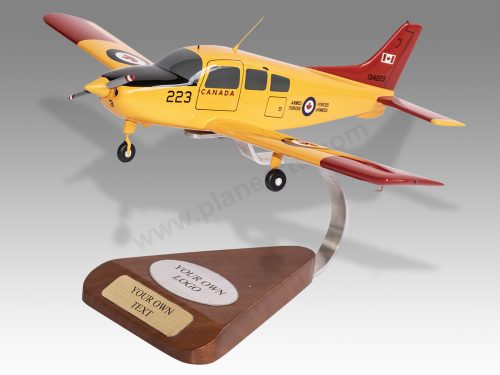
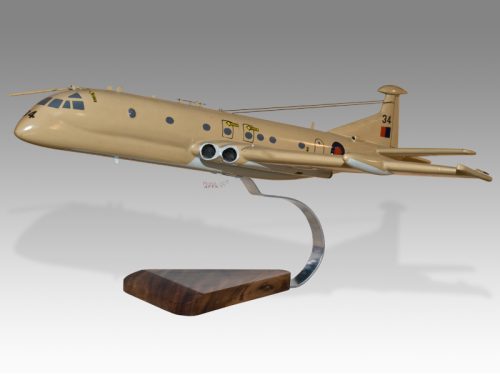

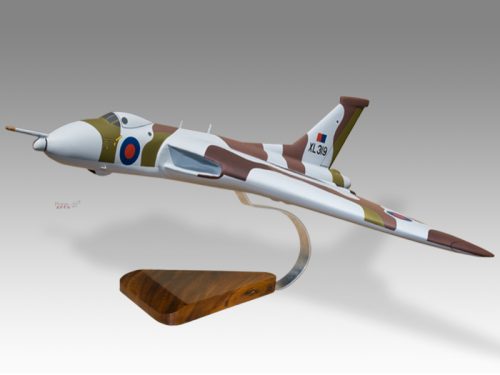
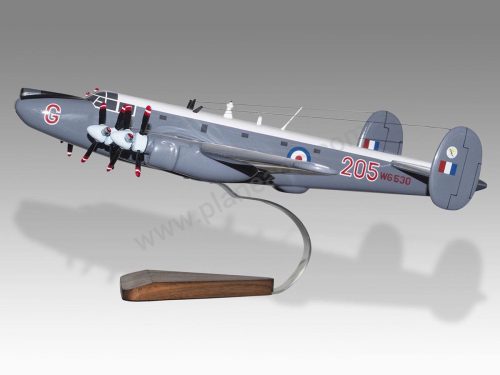

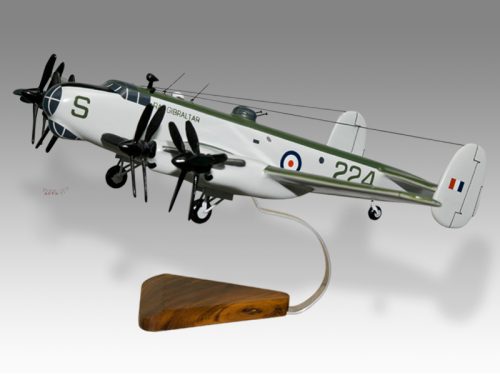
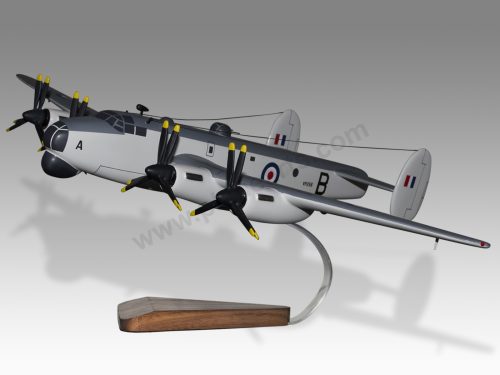
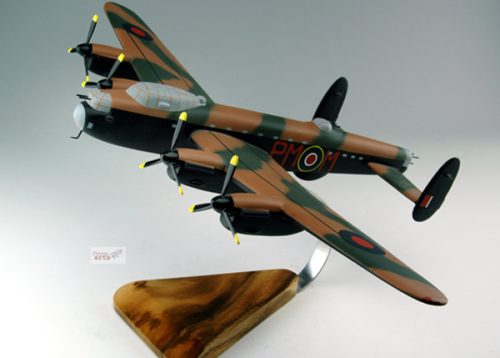
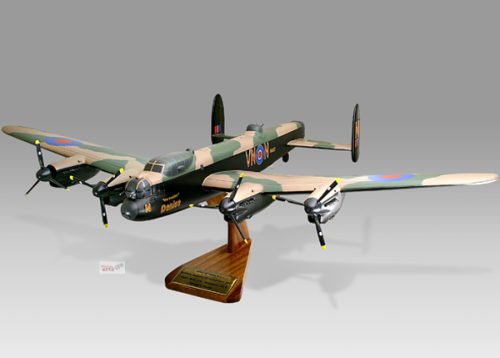
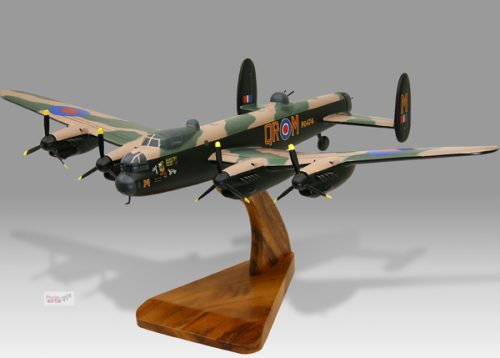


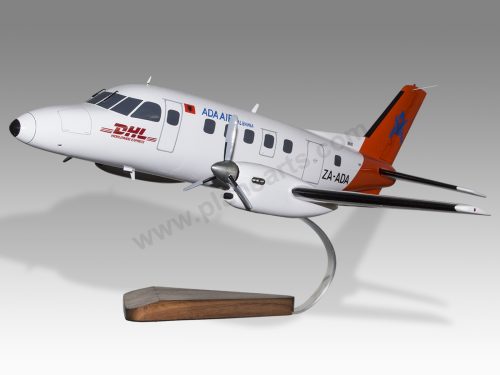

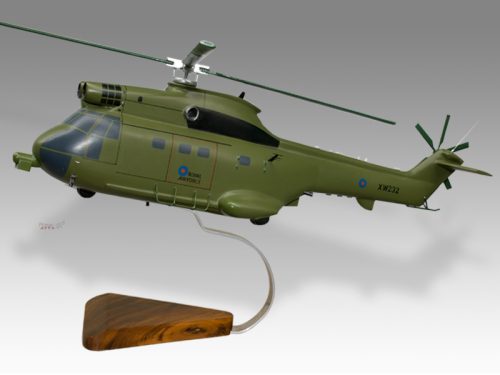

Reviews
There are no reviews yet.